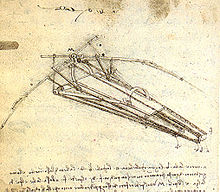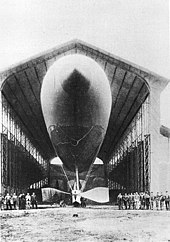
.
refers to the history of development of mechanical flight—from the earliest attempts in kites and gliders to powered heavier-than-air, supersonic and spaceflights.
The first form of man-made flying objects were kites.The earliest known record of kite flying is from around 200 B.C. in China, when a general flew a kite over enemy territory to calculate the length of tunnel required to enter the region. Yuan Huangtou, a Chinese prince, survived by tying himself to the kite.Leonardo da Vinci's (15th c.) dream of flight found expression in several designs, but he did not attempt to demonstrate flight by literally constructing them.








